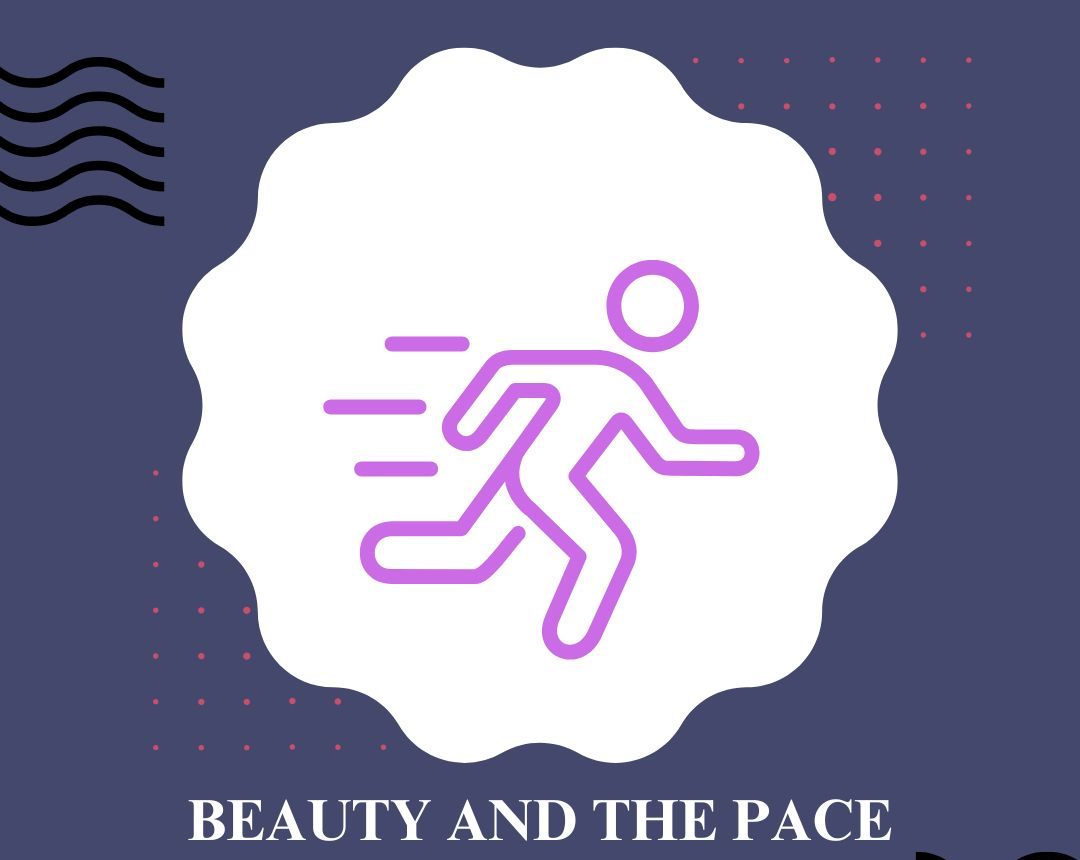Skateboarding has been around since the 1950’s, and as years go on it increases in popularity and reaches more and more of the mainstream. In the US, California is the top state with the most skateboarders, according to gitnux.org).
Skateboarding’s history possibly traces all the way back to the 1940’s and 50’s, when surfers wanted to go surfing, but couldn’t since the waves weren’t big enough for their liking/weren’t surfable. The first skateboards were made from surfboards. Surfers removed the fins and added wheels so they could use them on land.
As skateboarding grew more popular, kids all over the US would make their own boards as well with parts of wood, metal crates, etc.
Early skateboards were hard to maneuver and control, but the invention of the kicktail in 1969 eased these problems and helped skateboarding grow in popularity.
Around the 1970’s, a skateboarding trick called the Ollie was invented, which sparked the creation of other tricks for skateboarding as well. This also led to skateboarding becoming a very popular sport as well, especially in Southern California. The urethane wheel was also invented around this time, which allowed for more smooth riding and it made it easier to perform and learn tricks as well.
Punk rockers also played a huge part in creating the skateboarding subculture as well, because a lot of them wanted to do sports but wanted to rebel against the mainstream sports and do their own thing. Skateboarding was a good fit for that. Thanks to surfing subculture, surfers found a whole new way to bring surfing not just on water, but on the surface as well, and make it a whole new thing as well.
Skateboarding has had a huge impact on our people. Skateboarding helps people tolerate and deal with pain better, improve on focus and coordination, and brings similar, like-minded people together. Different cultures bring people together and teach those people new things and bring a new aspect of life. Skateboarding is no different.

























